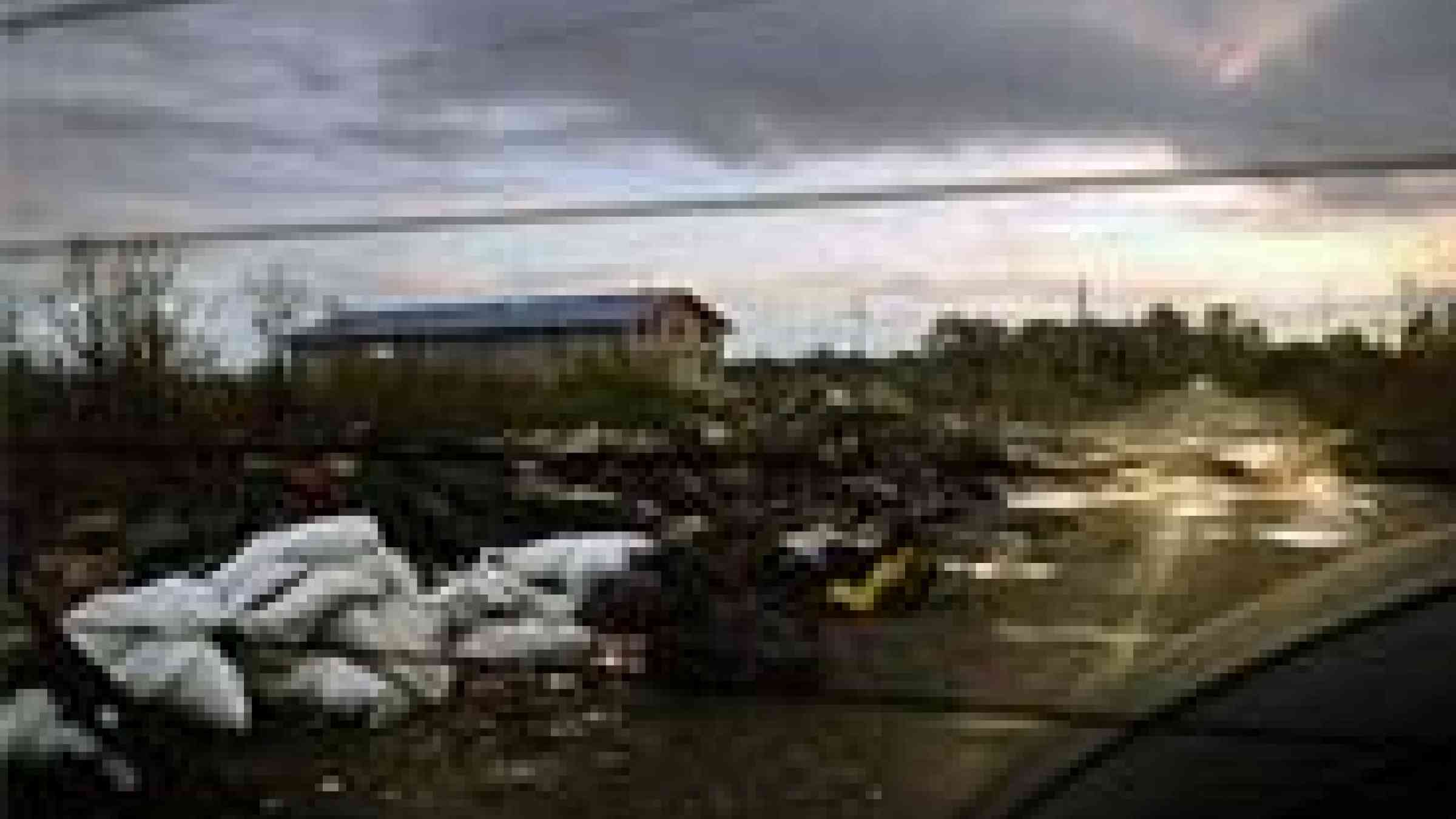UNICEF: Voices of Youth takes digital mapping project to the next level

New York – A map can represent many things – an adventure, a discovery, a journey, a return home or even a sense of order – but for one group of young people, a map also represents something else: youth empowerment.
In 2011, UNICEF staff from New York and Rio de Janeiro started a project with a team of digital innovators, government officials, community leaders and other partners. Their mission was to train young people to create maps depicting the social and environmental risks in their surroundings.
Two years, two countries and 12 communities later, the outcome of this process is Voices of Youth Maps, an initiative that promotes the use of digital mapping to help young people participate in improving their communities.
New challenge
The success of that project, however, led to a new challenge: how to deal with the large amounts of data being collected by the mappers. Earlier this year, with support from a grant by the John S. and James L. Knight foundation, Voices of Youth, together with InSTEDD iLab Latin America and the Massachusetts Institute of Technology Mobile Experience Lab, set about developing an automated filter known as the ‘Urgency Rank’.
Following completion of a prototype, a call was put out to the Voices of Youth community to crowd-source testers for the new filter. Over 300 applications were received from young people around the world. Fifty young people representing more than 40 countries were selected to help test the Urgency Rank feature.
Each participant had to upload at least one report of an environmental hazard in their community – with photos, descriptions and tags – in categories such as water, sanitation, garbage and natural resources. The Urgency Rank filter would add up the value of the tags to determine the severity level of each hazard.
Strengthening engagement
During the testing phase, tags were assigned values by the Voices of Youth team in UNICEF’s New York headquarters, but once the system is fully implemented, tags will be given point values determined by local disaster risk reduction experts.
The mapping testers were motivated by an interest in using digital tools to advocate for an improved community environment. They also proved that the Urgency Rank is simple to understand and use, and demonstrated its potential in strengthening civic engagement and community resilience.
"I am very enthusiastic with the new UNICEF [Voices of Youth Maps] platform,” said Isvoranu, a testing participant from Romania. “It is a quick and easy method for people around the world to report problems in society. The platform offers the possibility to not only report on the subject but also include pictures, so the message is clearer.”
Thanks to young innovators like Isvoranu, the Urgency Rank has secured a place in the current version of the Voices of Youth Maps application being deployed in Brazil and Argentina. Buenos Aires is the latest city where UNICEF and its partners are empowering young people to investigate and speak out on issues in their communities through the digital mapping approach.